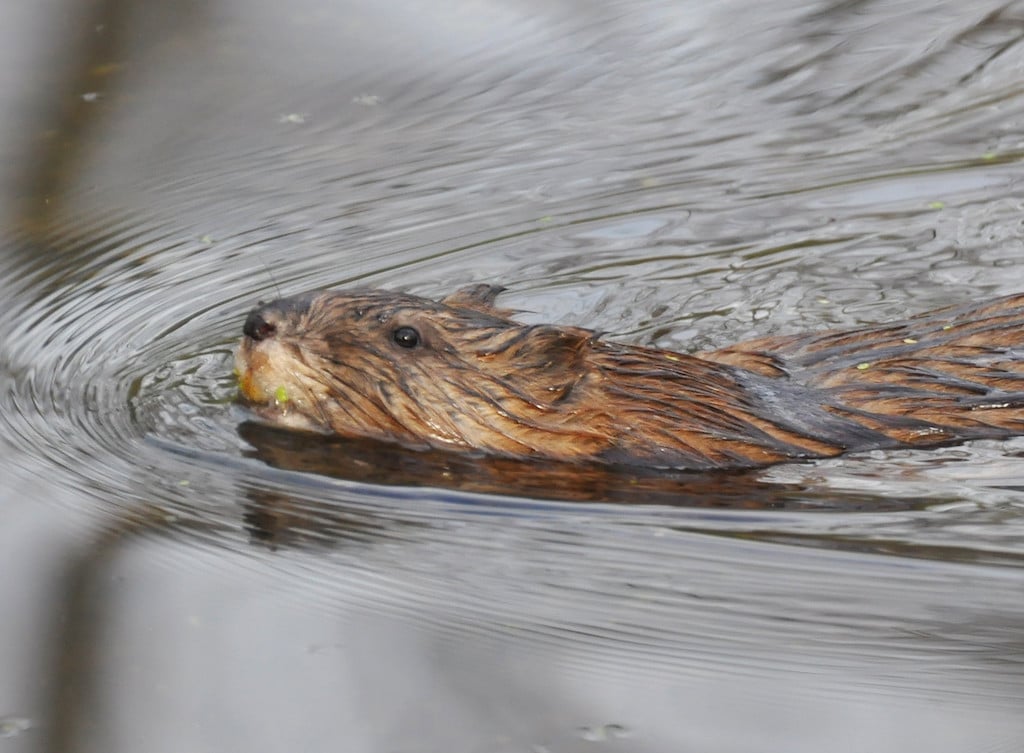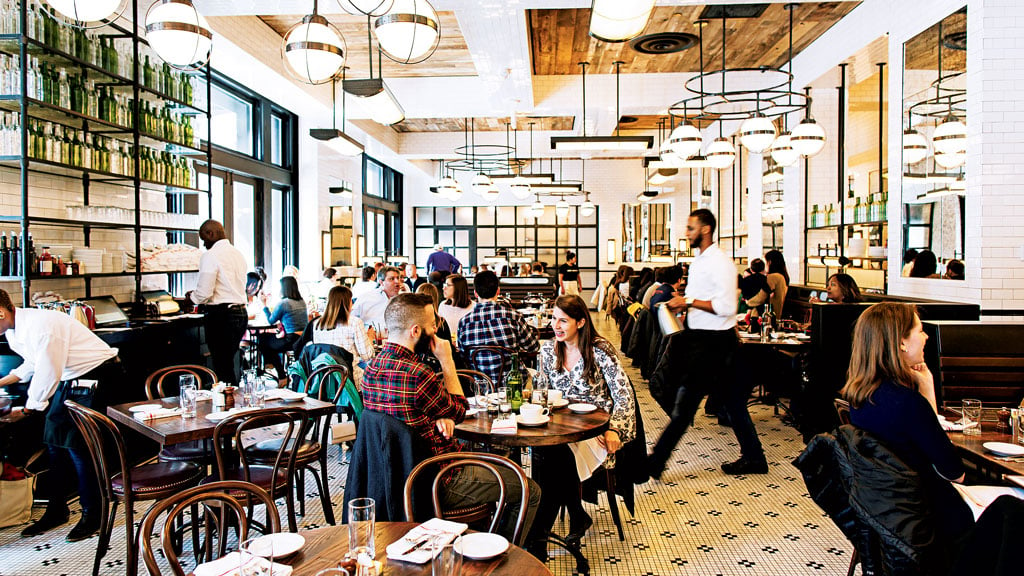The world seems to be conspiring to make Delawareans stop eating muskrat. Just look at all the reasons not to. Peak season runs from January to March—just the time of year when wading around in a marsh fishing amphibious rodents out of half-submerged traps sounds least appealing. Meanwhile, the fur trade, which initially spurred the settlers around the Delaware Bay to catch muskrats, has slowed to a paltry business with overseas buyers, so there’s not much incentive to trap the animals for their pelts and eat what’s left.
On top of all that, muskrat is…an acquired taste. Writing in Wilmington’s News Journal, food critic Patricia Talorico, a Delaware native, once described muskrat as a “dark, earthy meat that has a brackish, fishy flavor that lingers like a house guest who has long overstayed his welcome.”
All of that, taken together, makes it almost miraculous that the Southern Grille, in the tiny town of Ellendale, still sells upwards of a thousand muskrat dinners every winter. Evidently, not everyone shares Talorico’s distaste.
“I get people who come in two, three times a week for muskrat,” says owner and cook Ron White. “Professional ‘rat eaters. They love it.”
When the season is right, White cooks it all— fried muskrat, barbecued muskrat, muskrat stew, and his most recent innovation, muskrat shepherd’s pie. When prepared right, White says, muskrat tastes beefy, not at all gamy or fishy. He must have the technique down: Southern Grille’s fried muskrat is slightly dry and stringy, but it tastes like lean, well-seasoned beef, not like your idea of a marsh-dwelling rodent. If the whole, head-on beast is off-putting to you, White’s shepherd’s pie might be more palatable.

White, who started working at the Southern Grille in the ‘70s when he was nine years old and eventually bought the place in 2011, added muskrat to the menu when he took over. He grew up just down the road, eating muskrat at home and at barbecues like many rural Delawareans.
Southern Grille’s muskrat dinner isn’t for the uninitiated. When the plate arrives, it looks like a giant rat or gerbil has died while resting on a kale leaf, and then has been smothered in barbecue sauce or gravy. On the side: two small bowls of collard greens, mashed potatoes, or pickled beets. If you’ve ever been to a Peruvian restaurant that serves cuy (guinea pig), the platter will look somewhat familiar.
You can still find muskrat in trappers’ homes and at wild game dinners around Delaware, but since the closure of the famous Wagon Wheel in Smyrna in 2015, Southern Grille is now the only restaurant in the state serving muskrat.
“Very few people do it now,” he says. “Luckily I have this guy.”
White’s “guy” is Jimmy Tibbitt, a veteran trapper who wanders large parcels of marshland nearly every day from December 15 to March 15, checking submerged body-grip or coil-spring traps that drown the ‘rats at high tide. During peak season, Tibbitt calls White every afternoon to report on his harvest of what the men sometimes call “mouse.”
Ellendale, a collection of plain houses and trailers set among pines and cornfields, is 80 miles south of president Joe Biden’s hometown of Claymont. It’s smack in the middle of the coastal plain of the Delmarva peninsula, a flat, rural expanse that’s familiar to many Washingtonians as the stretch of farmland between the Bay Bridge and Rehoboth Beach. Delaware is sometimes described as a state with three counties at low tide and two counties at high, and east of Ellendale, the landscape becomes permeated by tidal marshes and snaking creeks, the habitat of the muskrat.
Delaware has a special love for muskrats, but Eastern Shore Marylanders also eat the creature—Dorchester County even hosts a muskrat skinning competition—and the “marsh rabbit” is also a culinary tradition across the Delaware River in marshy southern New Jersey, which is as different from the north Jersey suburbs as the Delmarva is from Dupont Circle.

A muskrat in the wild could be mistaken for a small beaver—it’s got serious wood-chewing incisors and a scaly, rudder-like tail—but it’s actually more closely related to a lemming or vole. Like beavers, muskrats have thick pelts of silken, water-wicking fur. That fur is still the primary motivation to trap the rodents, and trappers continue to sell pelts to auction houses or fur buyers.
With pelts fetching less impressive prices, muskrat trapping has become a labor of love. Last season, Delaware trappers caught about 4,000 muskrats, down from around 50,000 when Tibbitt and White were young. If wading through half-frozen muck in riverbank marshes in the dead of February for doesn’t sound appealing to you, then you already understand why.
Once Tribbitt collects the muskrats, he skins them in one smooth motion, cleans them, and brings the whole animals to the cooks at the Southern Grille. White soaks the muskrats in salt water overnight, then parboils them, dumps off the water, and repeats— all these steps are necessary to get rid of the musky, gamy flavor.
“Then I’ll put him on again and add my essence to make him taste just like beef,” White says. “Basically I cook my muskrats damn near the same way that I cook my prime rib.”
Let’s say, for the sake of argument, none of this has sold you on muskrat. White says he’s still your guy if you’re passing through Ellendale. The chef, who speaks with a thick tidewater accent, is a renaissance man who also works as a custodian for a local school district and runs a trucking business. In front of his house across the street, he and his family set up a fresh produce stand during the summer for vacationers and locals.
The Grille’s chicken and dumplings, its southern veggie sides, and its house-baked pies and cakes, are big sellers. But at Delaware’s last muskrat parlor, it may be worth trying the house specialty. Pictures of the muskrat may be off-putting, White says, but notes: “You’re saying you don’t like something you never tried.”











